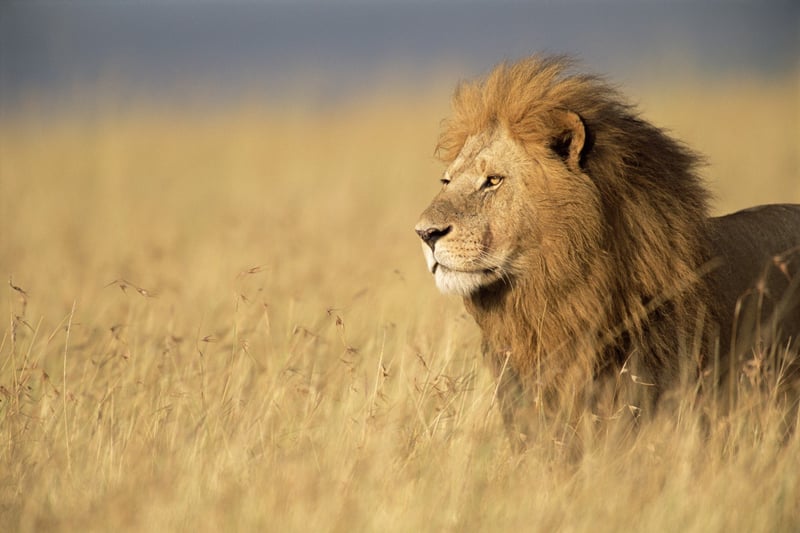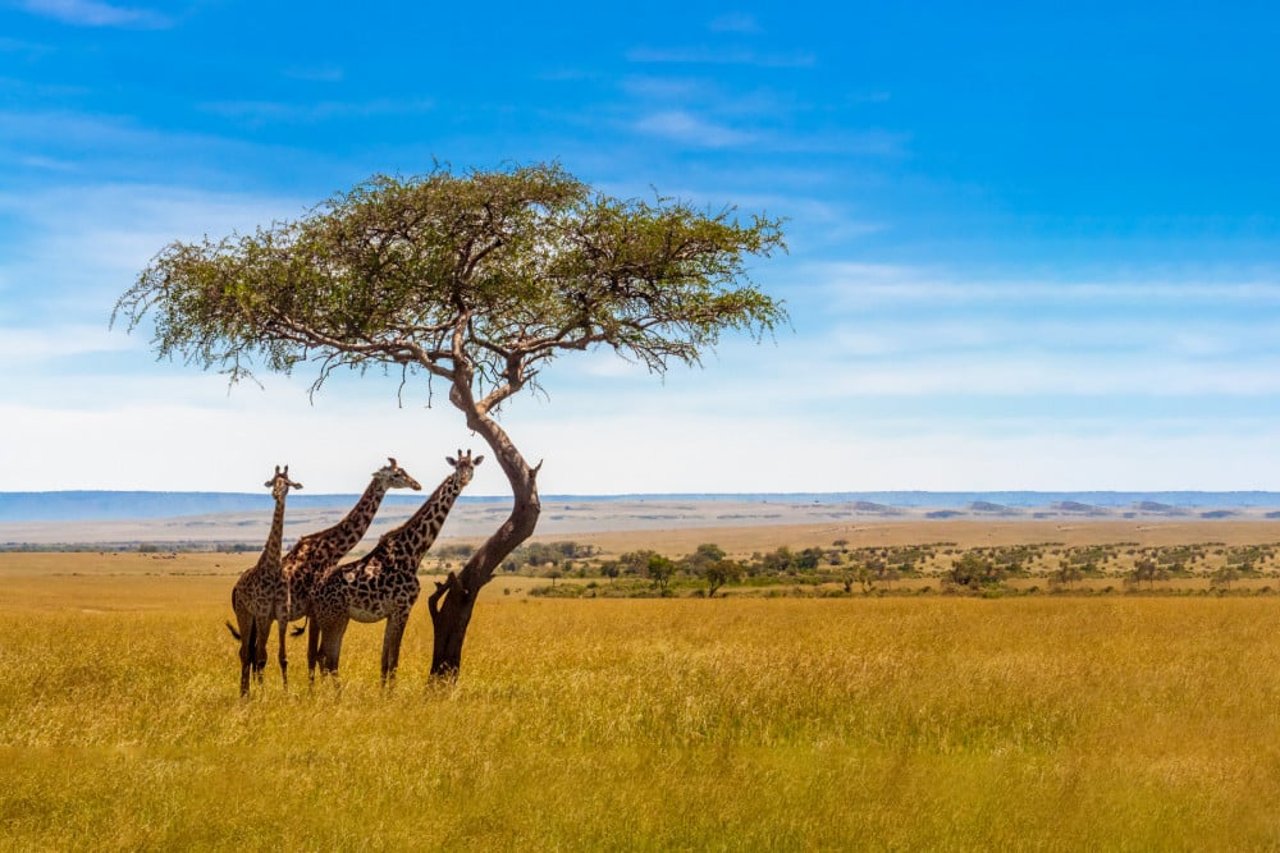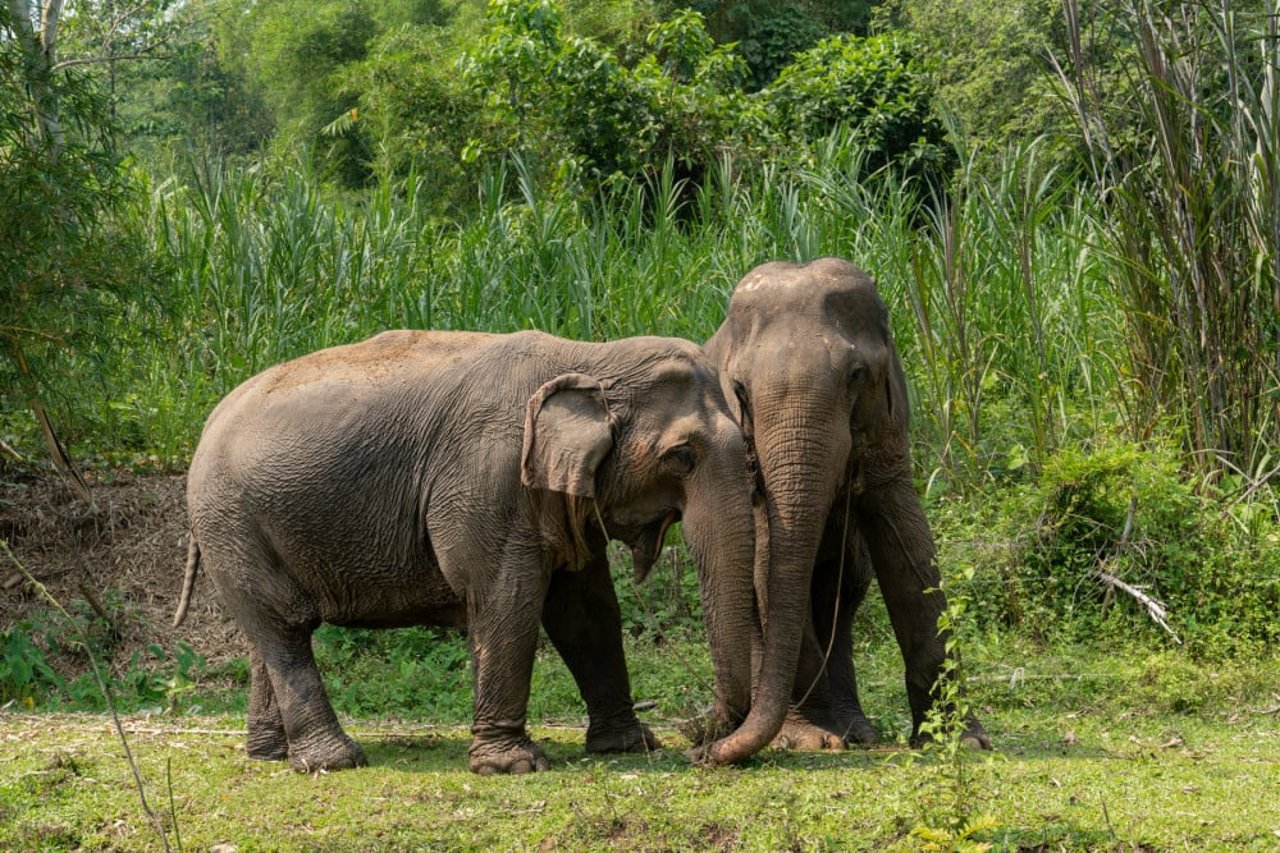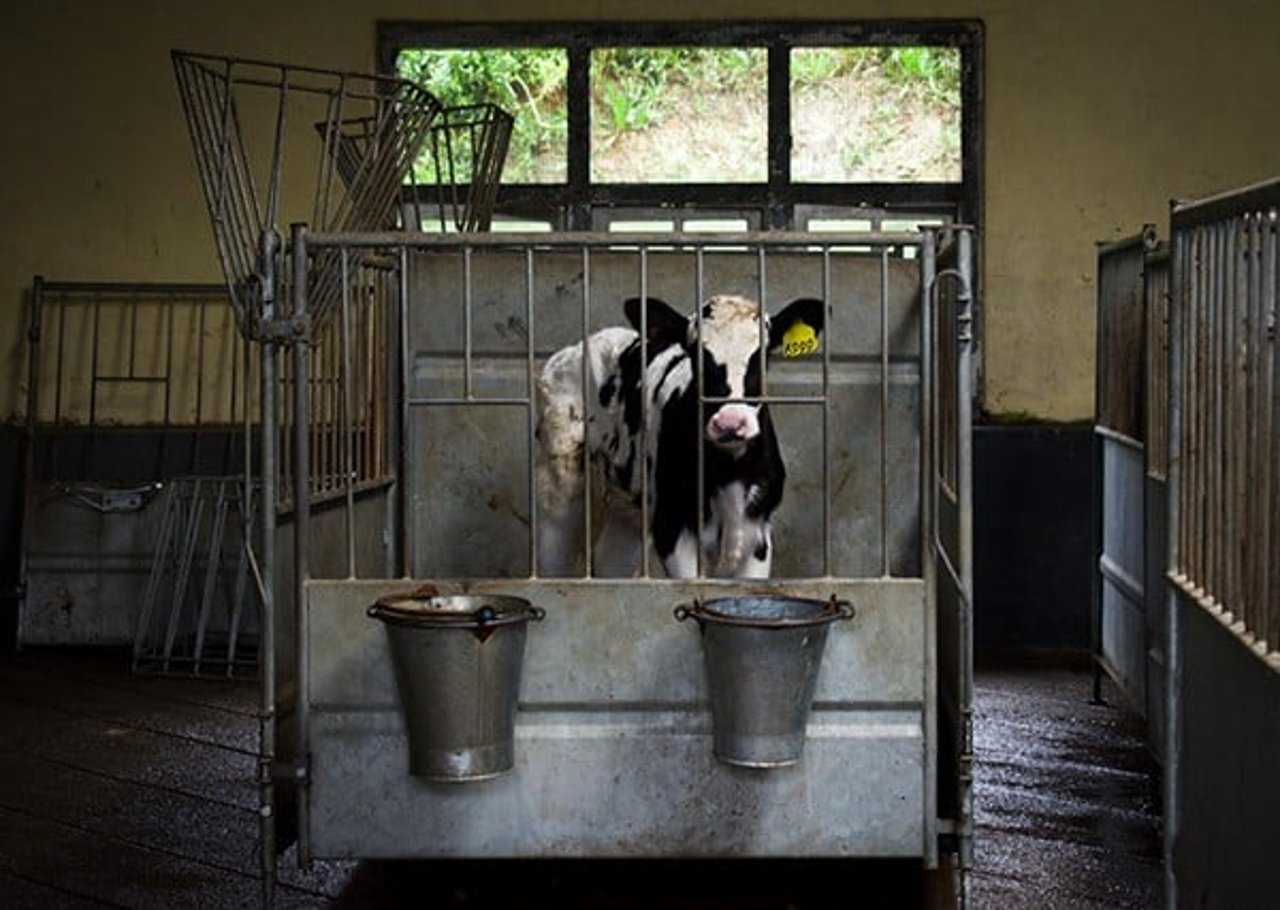
Are you hoping to study animal issues in school or pursue a career in animal welfare and advocacy? Anthrozoology is just one academic and professional area available to those of us wanting to dedicate our lives to animal protection. But what is it?
Anthrozoology is an emerging academic, interdisciplinary field that examines the ways in which humans interact with, use, and relate to animals in a variety of spaces. It’s closely related to academic fields like “human-animal studies” or “human-animal interactions.” In fact, the field of anthrozoology has its own academic peer-reviewed journal, Anthrozoös. Countless areas of study are nested under the umbrella of anthrozoology. Below is a bit more information on three examples: human dimensions of wildlife conservation, animal psychology, and animal law and policy.
Human Dimensions of Wildlife Conservation
This field examines our relationships with wildlife through a psychological lens, focusing on how people’s beliefs, values, and attitudes are impacted by and influence conservation. One real-life example of applying human dimensions of wildlife conservation comes from conservationists in India, who worked with local farmers who were farming within the home range of wild elephant communities. To prevent elephant herds from trampling their crops during their travels, the groups installed beehive fences along their borders as a non-lethal tool for redirecting elephants away from the crops while also providing the added benefit of increasing pollination and biodiversity.
Much of the research and work stemming from human dimensions of wildlife conservation stresses the importance of developing conservation plans that are inclusive of indigenous and local communities and their traditional knowledge. Historically, local communities, their knowledge, and their beliefs have been ignored or exploited in wildlife conservation efforts. This has been built out as a sub-field called biocultural diversity, which accounts for diversity in all its manifestations–biological, cultural, and linguistic–which are interrelated and complex. In short, maintaining and restoring the diversity of life means sustaining both biodiversity and indigenous cultures, as the two are interrelated and mutually supportive. For those interested in learning more about biocultural diversity, scholars Maffi and Woodley are a fantastic place to start.
Animal Psychology
Believe it or not, animal psychology (or cognition) is a commonly studied field within anthrozoology! At its core, animal psychology explores the unobservable mental processes of nonhuman animals. This ranges from basic processes such as attention and perception to complex cognition and tool use. Animal psychology aims to help us better understand the world as it’s seen and experienced through a unique, individual animal, attempting to define their umwelt. Our individual umwelt (or how we experience life) is different from anyone else’s!
One interesting topic in animal psychology is assessing how animals tell and conceive of time. Research suggests, for example, that dogs do not tell time as humans do. Instead, observations into how dogs sense and process smells indicate that they have episodic memory, meaning they process time based on how long ago something happened. That is, dogs can tell when their person is due home from work based on how much the potency of their smell has decreased to a certain degree. This is just one of many areas of interest within animal psychology and cognition!
A veal calf confined to a small crate on a factory farm.
Animal Law and Policy
Animal law and policy is exactly as it sounds–exploring how laws and policies (whether local, national, or international) reflect our beliefs, values, and views towards animals. This includes analyzing current legislation, court cases, and regulations to understand how they impact animals, as well as exploring fundamental, philosophical, and legal concepts such as whether animals have legal standing or personhood and the distinction between animal rights and animal welfare.
A primary goal of animal law is to build stronger legal protections for animals by progressively reforming the few animal protection laws we have and passing new laws. Policy work is a key element in ending exploitative systems that abuse or neglect animals (such as animals in factory farms) and creating protective systems. World Animal Protection regularly campaigns for progressive animal welfare legislation. You can help support the Farm System Reform Act, which would ban the largest factory farms, or read our blog critiquing the Animal Welfare Act for its failure to meaningfully protect animals in the US.
Make sure to stay tuned to our blog for the next two articles in this series: “What is Animal Sentience?” and “What is Animal Ethics?” If you want to take your animal advocacy to the next level, visit our Take Action page. Here, you will find plenty of ways you can make a positive difference in the lives of animals.


